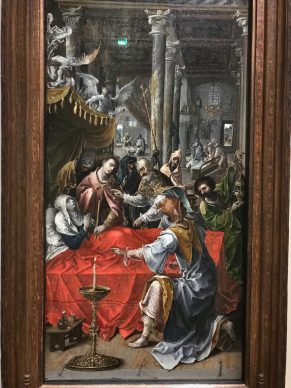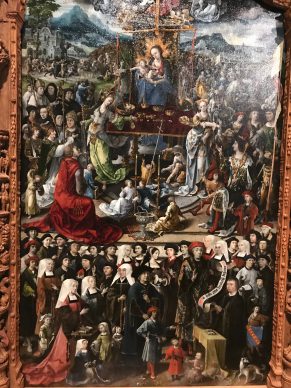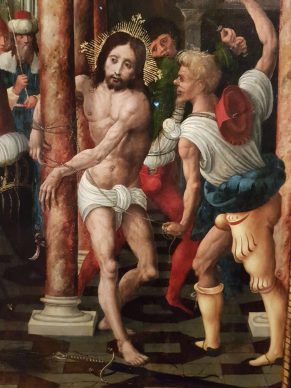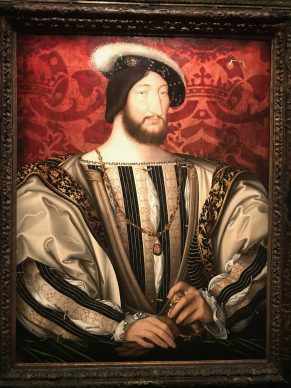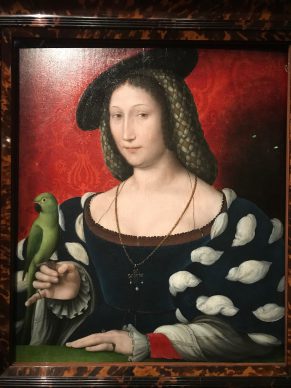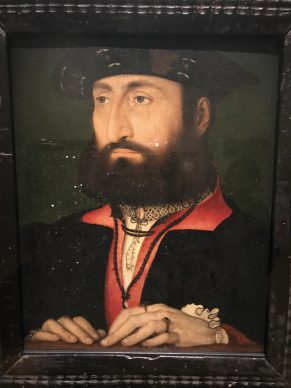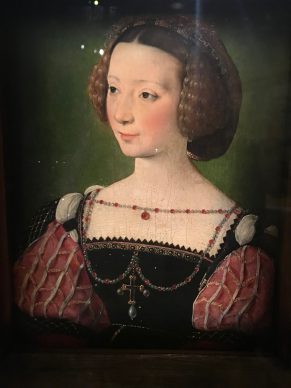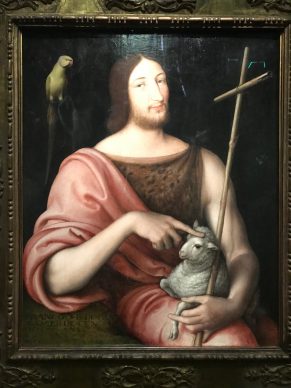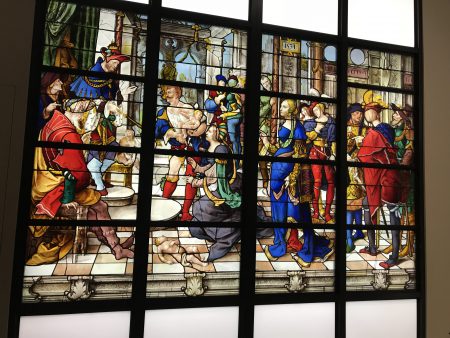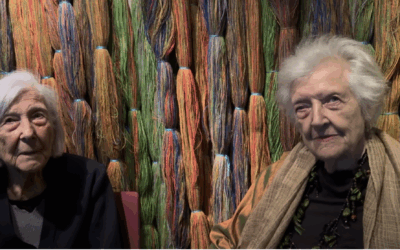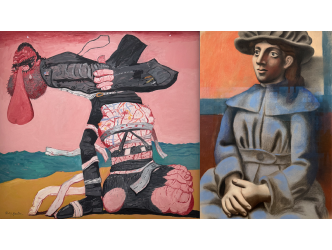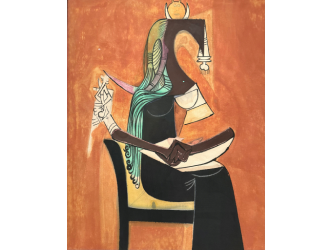In these times when extreme nationalism is sweeping the globe it is good to remember that the greatest art is always the fruit of multiple influences of disparate origins.
In his “Introduction to the History of French Art” the great historian André Chastel explains that the France of the art world “filters. It takes things in and it sieves through. It is penetrable from all sides.”
We could say the same thing about American contemporary art, which has become a global platform in New York and Los Angeles.
The same was true during the reign of King Francis I (1515-1547) in what was then a France that was rich, patron to the arts, and seeking status.
Until 15 January (I know there isn’t much time left and the exhibition isn’t due to travel elsewhere) the Louvre is displaying an extraordinary exhibition of 160 artworks, the most beautiful one currently on show in the capital, which reveals how the Renaissance existed thanks also to the influence of art from the Netherlands.
The France of that time was acquiring its status as a great homeland for the arts as a result of the impact of Italian artists such as Leonardo da Vinci who travelled to meet Francis I (he died in France at Amboise castle as it happens).
Yet the northern artistic influences have gone unexplored for a long time.
This was without counting the passion of Cécile Scailliérez, the remarkable chief curator of the painting department at the Louvre who is also curating this exhibition.
The most unexpected thing about this great show is to do with the fact that certain exceptional artists exhibited here are completely unknown.
This is the case, for example, for the “Master of Amiens”, whose surname we don’t even know, but whose style points to his Nordic origins.
His masterpiece is an exuberantly rich allegorical piece in honour of the Virgin composed of an extraordinary proliferation of figures, landscapes and religious scenes concentrated on a painting measuring 1.7 metres in height.
The star of the exhibition is Jean Clouet (around 1485-1541) from the Netherlands; barely 15 paintings of his are known to us, nearly all of which are assembled here.
This specialist in three-quarter length portraits is a virtuosic painter of the contouring of faces.
Incidentally, it was him who made the most famous portrait of Francis I.
His rival is Corneille de Lyon (around 1510-1575) who was in fact born in The Hague, a genius in hyperrealism before its time.
Finally, you’ll be literally swooning before the monumental original stained-glass windows, miraculously transported to the Louvre.
Until 15 January. www.louvre.fr
Support independent art journalist
If you value Judith Benhamou Reports, consider supporting our work. Your contribution keeps JB Reports independent and ad-free.
Choose a monthly or one-time donation — even a small amount makes a difference.
You can cancel a recurring donation at any time.


